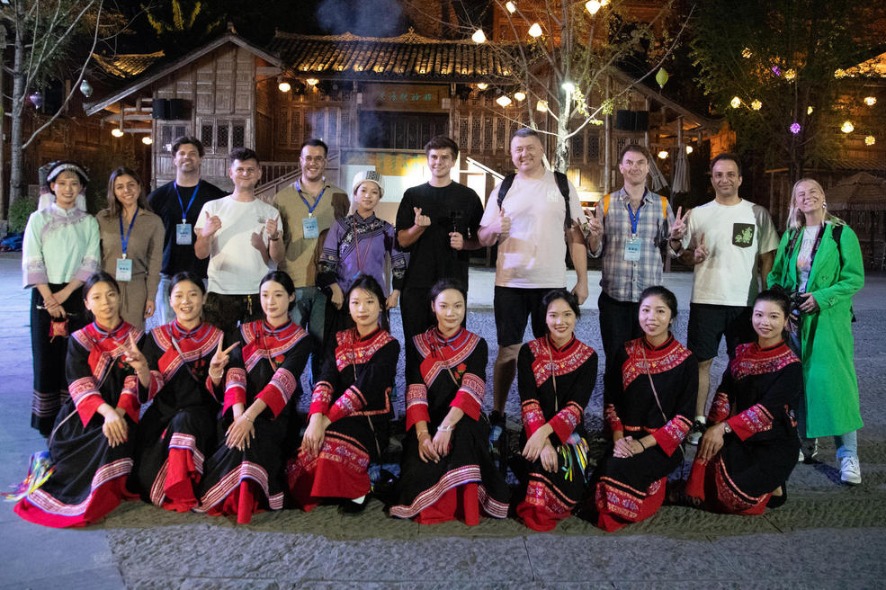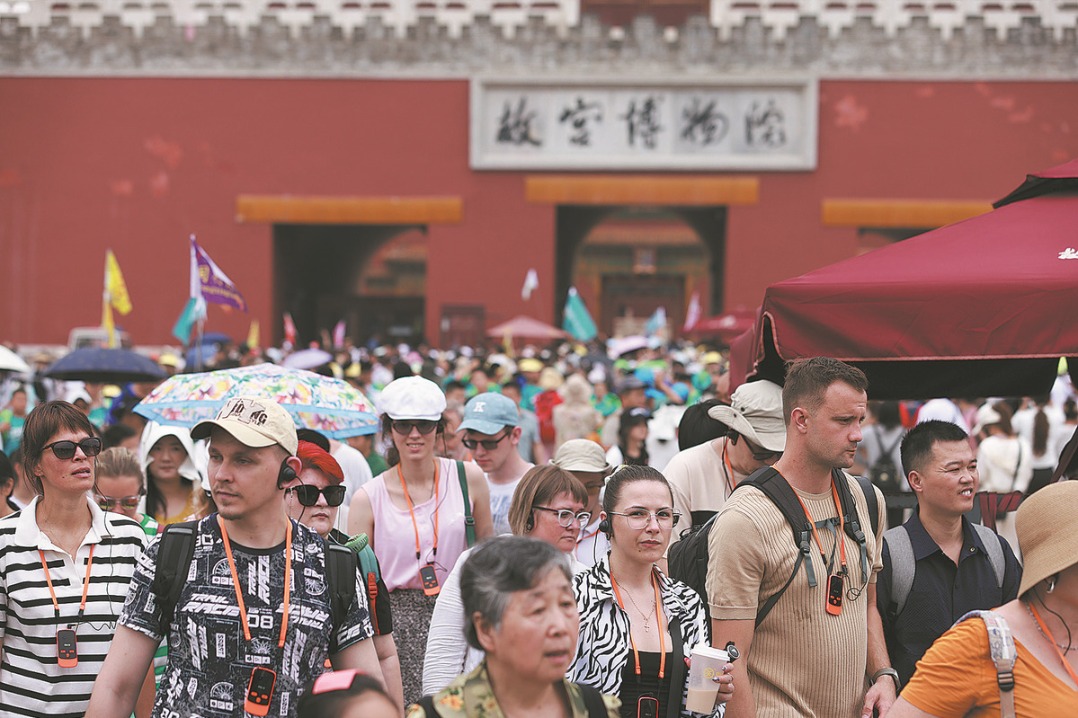Accident proves Japan's toxic water plan dubious


Despite the strong opposition at home and abroad, Tokyo Electric Power Company, the owner of the Fukushima Daiichi nuclear power plant which was damaged in the 2011 earthquake-generated tsunami, started the third release of the radioactive water from the plant into the sea on Nov 2.
The release will continue until Nov 20, with TEPCO planning to dump about 7,800 tons of the nuclear-contaminated water into the sea this time. The company claims the wastewater to be discharged has limited concentration of radioactive tritium. But the radioactive waste sputtering accident that happened last week raises doubts on the credibility of TEPCO's claim.
As TEPCO itself said, five workers "accidentally" came in contact with the radioactive "fluid" while cleaning the pipelines used to "detoxify "the nuclear-contaminated water at the Fukushima plant on Oct 25, and two of them, after being "decontaminated" for treatment, will be kept under medical observation.
Although, according to the company, a doctor said the possibility of both men sustaining burns due to radiation exposure was low, the radiation levels in the bodies of the two men did not fall below the standard threshold of 4 becquerels per square centimeter despite the initial treatment at the plant.
The accident exposes the ineffectiveness of the so-called Advanced Liquid Processing System the company uses to treat the radioactive water accumulated at the plant. Also, TEPCO has not explained why and how "the hose used to drain waste liquid containing radioactive substances into a tank became detached" while the workers "were washing (the processing facilities) by pouring nitric acid into the piping".
The Japanese government claims the ALPS is reliable, and the water obtained after being treated using the ALPS is safe enough to "drink".So it should explain how only about 100 milliliters of the "fluid" was enough to cause such a serious accident.
It also needs to answer the public's query that since four of the five workers "were wearing protective gear and full-face masks, which prevented ingestion of the fluid", how could the "fluid" splash and burn the "lower body and both arms" of one of them, and why the other worker whose "entire body was found to be exposed", was allowed to do the dangerous work without wearing any protective gear?
The accident shows Japan's claim of the radioactive water being "safe" to be released into the sea is questionable, and the risks associated with the disposal process of the radioactive water should not be underestimated.































